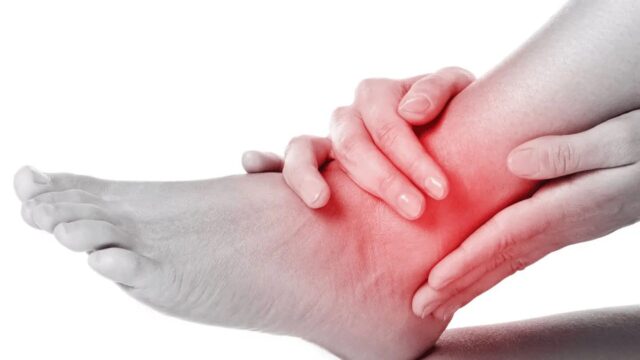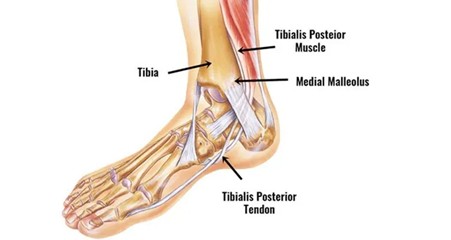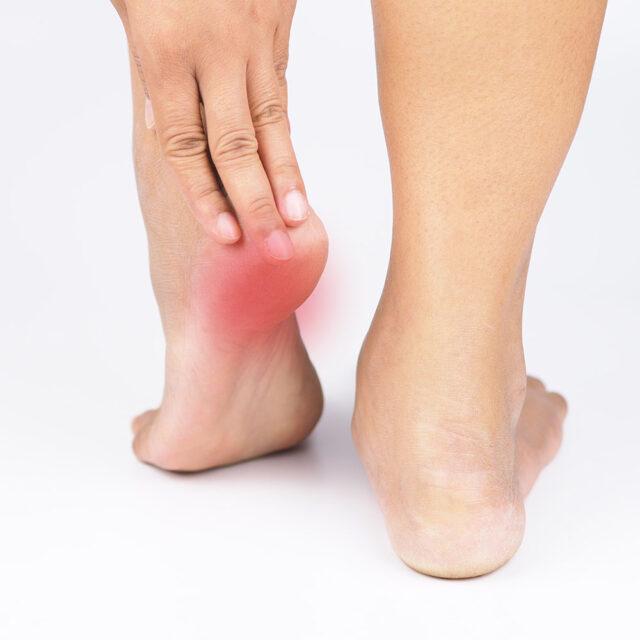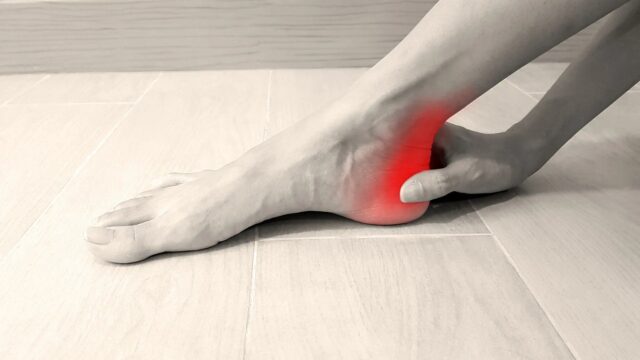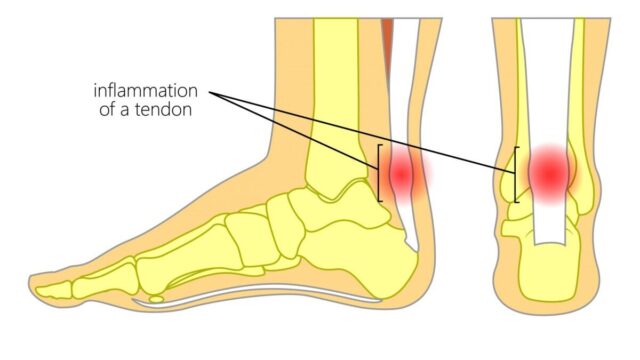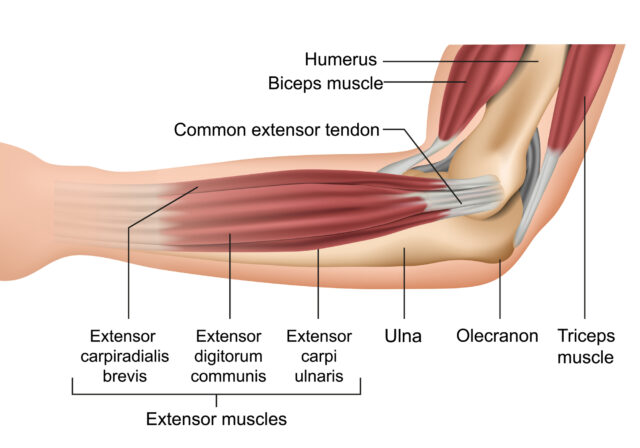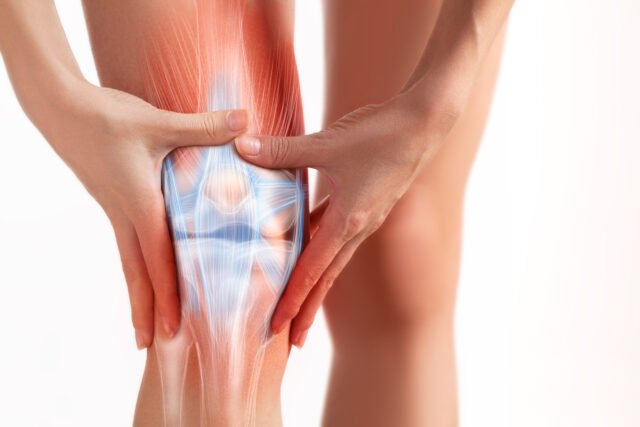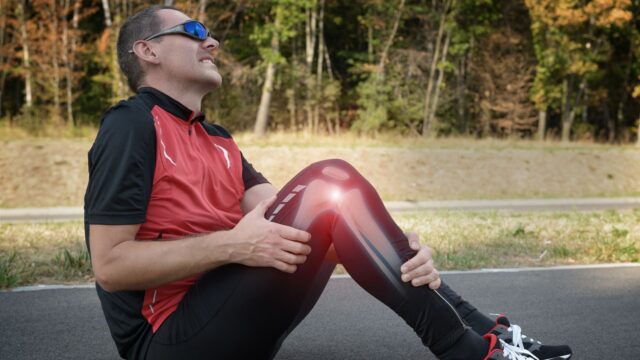
Team and Event Medicine: Specialist Care for Active Lifestyles and Sporting Events in Singapore
What Is Team and Event Medicine?
Team and Event Medicine is a specialised area of Sports and Exercise Medicine focused on providing comprehensive healthcare services to sports teams, athletes, and participants in organised events. This includes both competitive and recreational activities. At its core, this service ensures that athletes stay healthy, perform optimally, and recover safely from injuries, all while having immediate medical support when needed.
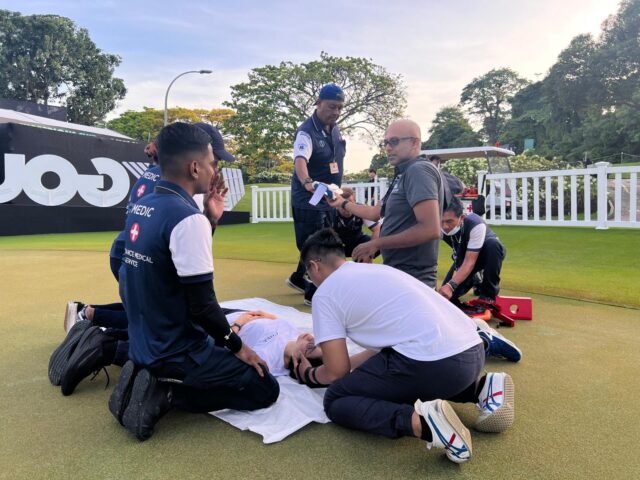
In Singapore, Dr. Dinesh Sirisena offers expert Team and Event Medicine services, covering local sporting tournaments, corporate sports days, international matches, and endurance events. With extensive experience managing medical care in high-pressure, fast-paced environments, Dr. Dinesh ensures that participants, coaches, and organisers can focus on the competition, knowing professional medical support is on standby.
Why Do People Need Team and Event Medicine?
Whether you’re a weekend footballer, a marathon runner, or part of a professional team, injuries and health emergencies can happen at any time. Thus, having a dedicated Team and Event Medicine specialist ensures prompt, accurate medical attention that can prevent complications and improve outcomes.
For example, competitive rugby players often face risks such as concussions and fractures, while marathon runners may experience dehydration, muscle cramps, or heat stroke. Additionally, spectators and officials can require urgent care during large-scale events.
Team and Event Medicine also involves proactive healthcare services, such as pre-event health screenings, injury prevention strategies, and on-site advice on fitness and nutrition.
What Does Team and Event Medicine Involve?
This service typically covers several key areas:
- Pre-Event Screening and Risk Management
Prior to events, participants may undergo health screenings to identify potential medical risks. These screenings often assess cardiovascular health, musculoskeletal issues, and existing medical conditions that could pose risks during intense physical activity. - On-Site Medical Support
Medical professionals provide immediate assistance for acute injuries, illnesses, or emergencies that may arise during an event. This includes wound management, fracture and sprain treatment, and more serious conditions such as that related to the heart or heat-related illnesses. - Injury Prevention Programs
Structured warm-up routines, stretching protocols, and hydration strategies are advised to reduce injury risks. - Rehabilitation and Return-to-Play Guidance
Following injuries, athletes receive tailored care plans to safely resume activities, reducing the likelihood of re-injury. - Event Medical Logistics and Planning
Effective coordination of emergency evacuation procedures, first aid stations, and communication systems ensures a seamless response when medical situations occur.

Causes of Sports-Related Medical Issues at Events
Several factors contribute to the need for Team and Event Medicine:
- High-impact activities: Contact sports like rugby, football, and martial arts increase the risk of acute injuries.
- Environmental factors: Hot, humid conditions heighten the risk of dehydration, heatstroke, and exhaustion.
- Overtraining and fatigue: Participants who are not adequately conditioned may face higher injury risks.
- Equipment and surface hazards: Improper footwear, uneven grounds, or inadequate protective gear can cause avoidable accidents.
Common Injuries and Health Issues Managed
Some frequent conditions addressed in Team and Event Medicine include:
- Muscle strains and ligament sprains
- Tendon overload injuries
- Dislocations and fractures
- Concussions and head injuries
- Dehydration and electrolyte imbalance
- Heat exhaustion and heatstroke
- Asthma attacks or allergic reactions
Having experienced medical personnel like Dr. Dinesh on-site ensures that these issues are managed swiftly and appropriately.
How Is Medical Support Delivered?
At sporting events, medical stations are strategically placed and staffed by trained professionals. Dr. Dinesh often works alongside physiotherapists, paramedics, and event organisers to ensure prompt intervention.
Moreover, medical protocols and evacuation plans are established before the event to handle emergencies effectively. Portable ultrasound imaging may also be utilised for on-site injury assessments.
Why Choose Dr. Dinesh for Team and Event Medicine?
Dr. Dinesh’s extensive background in sports medicine makes him the preferred choice for many event organisers and teams in Singapore. With a focus on evidence-based care, non-surgical management, and proactive injury prevention, he ensures that athletes receive the highest standard of care.
Additionally, his approachable manner and clear communication build trust with athletes, coaches, and event staff. Many sports teams appreciate his ability to provide calm, decisive care during high-pressure situations.
Expert Advice for Safer Sporting Events
Proper planning, adequate hydration, and evidence-based injury prevention strategies are essential for any successful event. Organisers should always engage qualified medical professionals for on-site coverage to prioritise the safety of all participants.
If you’re managing a sports team or hosting a competitive event, consider partnering with Dr. Dinesh for comprehensive Team and Event Medicine services in Singapore.







